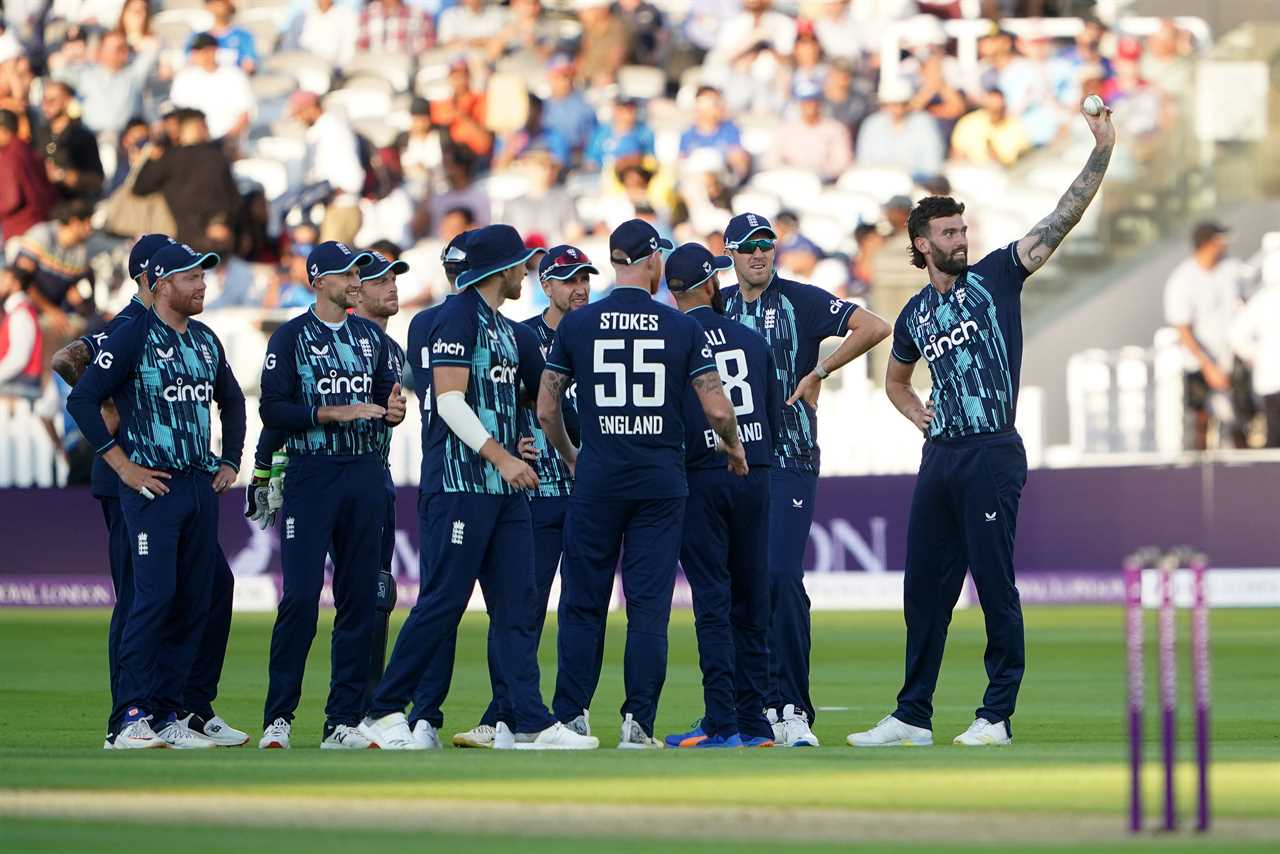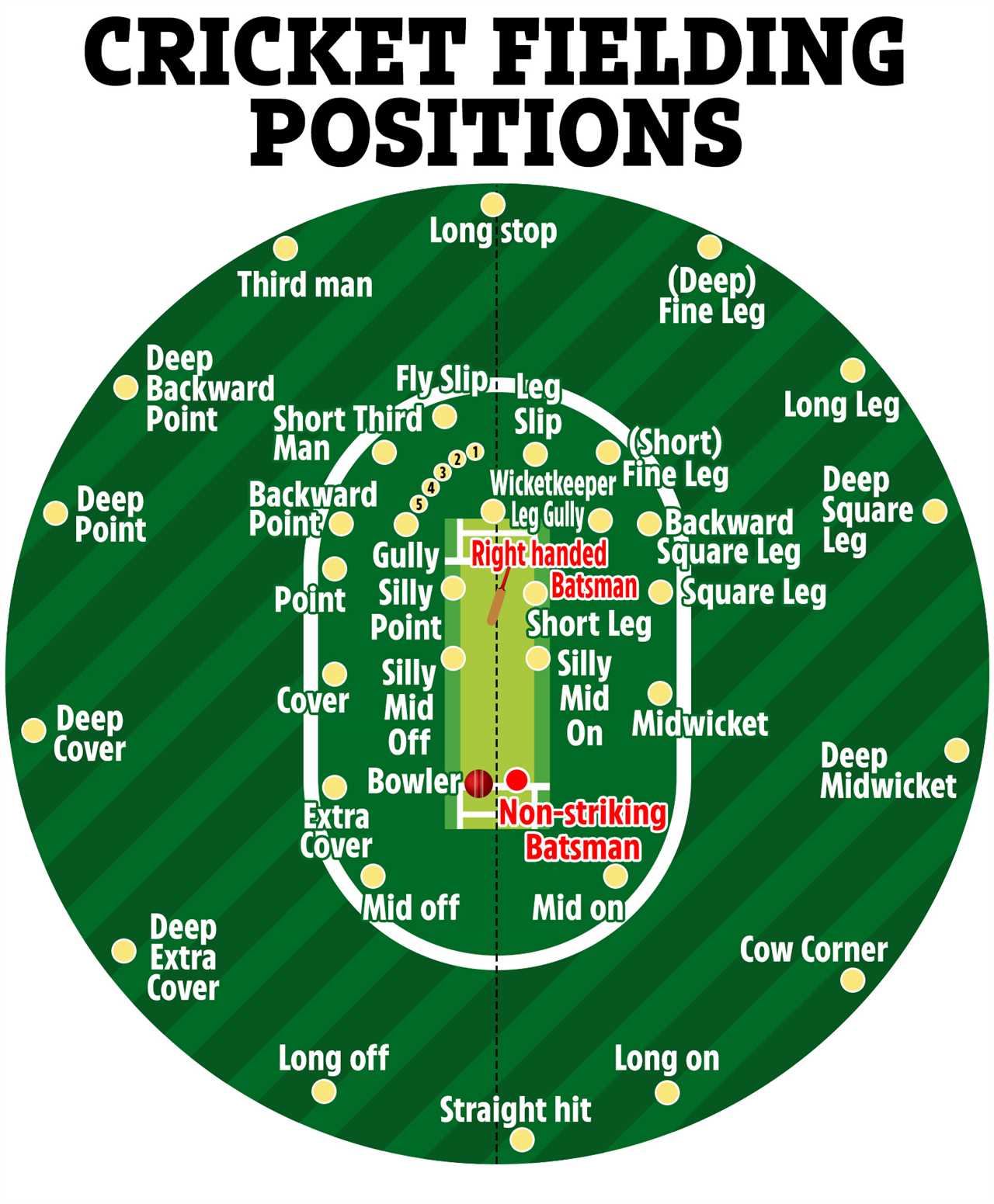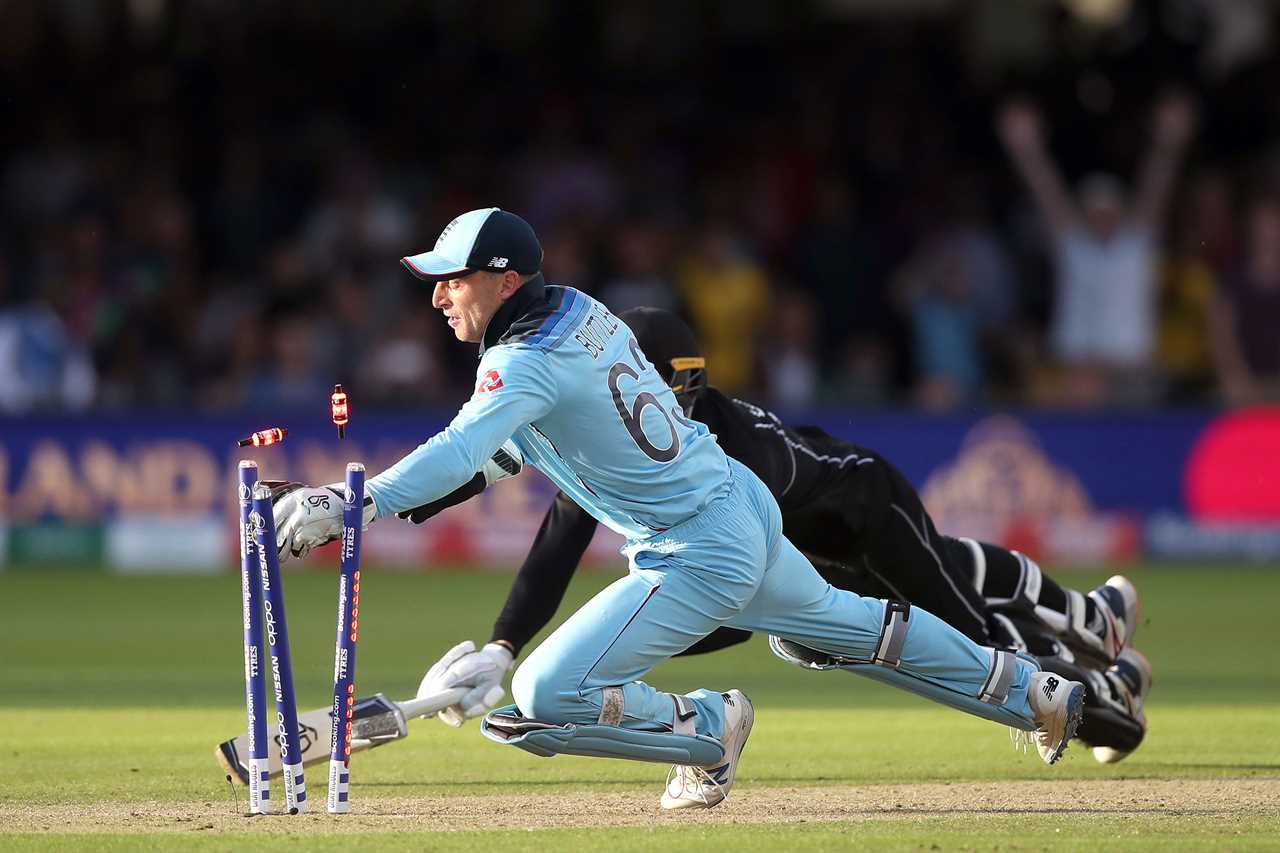You can often watch cricket and hear terms such as'silly point,''slip' or 'fine leg'. But what does it all mean?
We can help you understand all the strange and wonderful names of fielding positions.

England is one of the most agile countries in the field
What are the leg side and off side?
To understand the differences between the off and leg sides of cricket fielding positions, you must first know what they are.
Simply stated, the off side refers to the side to which a right-handed batter is facing and the side that is facing a left-handed batter.
The opposite is true for the leg side, so the right-handed batter will be to their left and the left-handed batter will be to their right.
The words off and leg are used to indicate the side of the wicket where the fielder will be standing.
The most common positions in cricket fielding
-
Slip- The slips are placed next to the wicket-keeper in an arc configuration. You'll see them more in Test cricket.
-
Fly Slip A fly slip is one that is farther away from the wicket, usually around halfway to the boundary rope.
-
Gully- This gully is very close to the slips, but it is just behind the line to grab thick edge opportunities.
-
Third Man A third man can be either deep or short. This position is common in one-day cricket and they are often behind slips.
-
Point A point fielder is squared of the wicket on either side.
-
Sweeper - This modern position refers to a pointfielder who is close to the boundary and takes aggressive shots.
-
Long-stop - This is a fielder who is located on the boundary just behind the wicket-keeper.
-
Deep Mid Wicket Also known as Cow Corner. This is located on the border on the leg side of the game and is often very involved.
-
Cover is a place that lies between the point and the mid-off, and can help save runs.
-
Cover point - This is a combination of point and cover, and is often used together with a cover.
-
Additional Cover – On the side between cover and mid-off positions.
-
Mid Off - This position is close to the bowler on either side and crucial for stopping straight drives.

There are many positions available for cricket fielding.
-
Mid On- Similar to a midoff, but on the leg side.
-
Mid Wicket is the halfway point between the wicket-keeper and the bowler on the leg side.
-
Square Leg At a position that is square to the wicket on either side of the leg, often near the square leg umpire.
-
Backward Square- Usually used to make the legs look wider.
-
Leg Gully- This is a catching position on the leg side. It's opposite to a traditional, seldom used gully.
-
Leg Slip- This is the side closest to the wicket keeper, and opposite to a traditional slip that is rarely used.
-
Fine Leg At a 45 degree angle between the square position of the leg and the wicket-keeper on its side
-
Long Leg- Akin to fine legs, long legs will be placed at the boundary.
-
Long Off The deeper version of a Middle Off, placed on the boundary.
-
Long On The deeper version of a Middle On, placed on the boundary.
-
Short Leg- This is a close catching position, just infront of square on one side.
-
Silly Point- This is a close catching position. It's just in front square on the opposite side.
What are the fielding regulations and restrictions?
Tests
Two fielders are permitted in the quadrant between square leg and long-stop. This is the same for all forms of cricket.
There are no restrictions on fielding in Test matches, other than those mentioned.

Jos Buttler breaks the stumps for England's Cricket World Cup win
One-Day Internationals
For the first Powerplay, only two fielders can be outside the 30-yard zone. Two fielders must also be within the 15-yard line.
Between overs 11 to 40, four fielders may be outside the circle.
You can have five fielders over the 30-yard line in the Powerplay. This makes it more difficult for batters not to score big runs and hit boundaries.
T20s
One Powerplay is allowed at the beginning of each innings. Only two fielders are allowed beyond the 30-yard line.
Two fielders must be within the 15-yard line.
Except for the Powerplay, there is a limit of four fielders who can be located outside the 30-yard line.
 Cricket NewsTips and TricksPrivacy PolicyTerms And Conditions
Cricket NewsTips and TricksPrivacy PolicyTerms And Conditions
